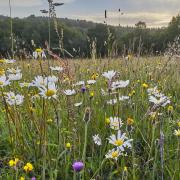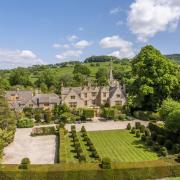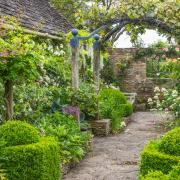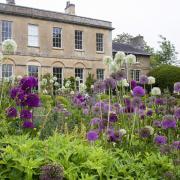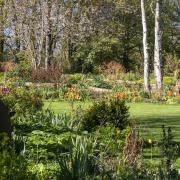Summer beckons but spring wildflowers are still flourishing. Oxlips, cowslips, primroses and buttercups are all now proliferating, with many of them in full bloom. Others are much harder to spot and becoming rarer. Crested cow-wheat, for example, a relation of yellow rattle, which was once widespread is now hard to find and in decline. You’d be lucky as well to spy the pretty white May lily - not to be confused with lily-of-the-valley - which is under threat with only small populations remaining. Also now scarce is lady orchid, so named for the shape of its flowers which are supposed to resemble bonneted ladies in spotted ballgowns. But what if you really want a little piece of this for yourself. How do you pay for the creation and maintenance of a wildflower meadow?
At the very beginning of this year the Government announced the introduction of a further raft of new environmental land options. The most exciting and important of these for those who want to grow wildflowers is its latest pledge to pay farmers and landowners significantly more not just for creating but also preserving habitats such as wildflower meadows on a longer-term basis.

The move could turn out to be more relevant to you than you think. This is because you only need to own 5 hectares of land to classify as a farmer or landowner (and at this stage to be registered with the Rural Payment Agency) to gain access to this new DEFRA Environmental Land Management scheme as it is called. Furthermore, under this new initiative - the management of species-rich grassland - the Government is undertaking to reward landowners as much as £798 a year per hectare for establishing wildflowers and grasses and then looking after and preserving their priority habitat on an ongoing basis. There are also maintenance payments maintenance payments of £151 per hectare for low input grassland.
‘The mindset in DEFRA is really beginning to change. Historically grants have been based around the creation of habitats but there is now a realization that maintaining species rich grassland is just as important as planting it. In my opinion this level of support will make it much easier for smaller landowners to create and look after their own species rich grasslands.’ says Adrian Cannon, a Partner and advisor in farm management at Tayler and Fletcher. ‘But it’s important for us as a country that only marginal land is taken out for this, not productive agricultural land.’ he stresses.
There are other new ways of accessing funding for wildflower meadows coming on stream too. But the main thing to take on board is that carbon capture is increasingly being seen as an important part of Britain’s race towards net zero targets and is much higher in species rich grassland which has not been disturbed, such as in the Cotswolds. Because wildflower meadows contribute greatly to carbon sequestration and storage as well as capturing floodwaters there are now all kinds of new grants becoming available. There are funding opportunities in FIPL (Farming in Protected Landscape) schemes. And then there are BNG’s- Biodiversity Net Gain projects – whereby land developers, including the Government’s National Highways agency for example, are now required to pay for the ‘enhancement’ or restoration of habitats by as much as 1.1 acre of land for every 1 acre being developed – usually by buying BNG tokens. Any of these and other options may be worth investigating by contacting Lorna Baggett, BNG officer at www.cotswoldsnationallandscape.co.uk and locally based land management advisors, Tayler and Fletcher at www.taylerandfletcher.co.uk. Further details can be found at www.gov.uk and you can go to www.plantlife.org.uk. as well.

You can also fund it yourself, but while even the smallest wildflower plot may reap many rewards what will it cost you?
If it’s a small area the general consensus is to mow it consistently over the summer. If your plot is larger however it could be worth finding either a neighbour or local farmer who might graze it with animals for free or cut the grass in return for the hay. Wildflower seed is well known for being expensive - it’s around £50 per kilo and you will need 20-30 kilos per hectare - and the current advice is to buy local seed where you can.
Meanwhile If you only have a flower bed or two to spare you might do well to follow the example of the Cotswolds based Compton Gallery wedding and party venue. Local garden designer, Harriet Parsons advised the planting of Pictorial Meadows flower seed mixes for part of the garden by the house. These are mixes that are technically not wildflower seeds but do resemble wildflower meadows and are made up of carefully combined flowering annuals or perennials often. They are made up of a wide range of colour combinations and have a longer season of interest whilst also being attractive to wildlife.
READ MORE:
A year in the life of a wildflower meadow: Beginnings
A year in the life of a wildflower meadow: Assessment




